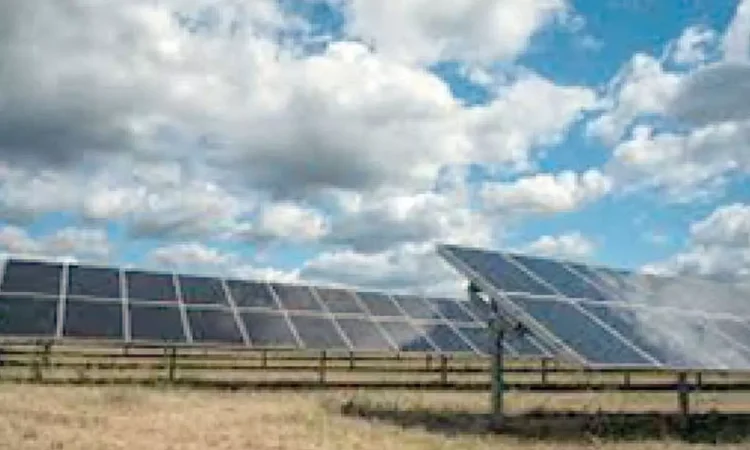According to a report released on Monday, India is anticipated to achieve approximately 216 GW of solar capacity generating 305 billion units by FY28, propelled by robust responses to applications under the Production Linked Incentive (PLI) scheme. This scheme is facilitating rapid capacity growth, and efficiency enhancements—where typically 1,700-2,200 panels (at 500 watts peak) are deployed for each MW of solar power—are bolstering the advantages of scale in project execution. CareEdge Advisory, a subsidiary of CareEdge Ratings, highlighted that India’s installed solar capacity surged to 127.3 GW as of September 2025, a significant increase from 3.9 GW in FY15, contributing nearly 25.7% of the total installed capacity.
The export of solar photovoltaic (PV) products from India has increased more than tenfold between FY19 and FY25, mainly to the US. Government initiatives, including the PLI, Basic Customs Duty (BCD), and the Approved List of Models and Manufacturers (ALMM), have facilitated an expansion of domestic solar module capacity to 100 GW, placing India in the fourth position globally. By the end of FY28, India’s module manufacturing capacity is expected to reach an additional 100 GWp, nearly three to four times the average annual module demand of 50-60 GWp over the next three years. Domestic cell manufacturing capacity is also projected to hit 100 GWp during this timeframe, with capital expenditures exceeding Rs 55,000 crore, driven by backward integration initiatives.
The advisory forecasts that by FY28, India will need approximately 36-47 crore solar panels (at 500 Wp) to meet its targeted solar capacity of 215 to 220 GW. Furthermore, module production is expected to increasingly depend on exports, whereas cell production is likely to surpass domestic demand in the medium term, indicating that in the upcoming years, India’s module and cell production will exceed local requirements, with exports becoming a crucial growth driver for the sector.


